I noticed a strange change in my son’s eye when he was a baby – it turned out to be the sign of a rare disease
An Australian mother noticed that her son had irregular pupils when he was just six months old. It turned out to be a sign of a rare genetic condition.
Lynda Smith from the Hunter Valley had never heard of neurofibromatosis type 1 (NF1) until her son Tom was diagnosed just before his second birthday.
The now 10-year-old has blurred vision in his right eye, which is enlarged due to a build-up of pressure from an unknown cause.
Part of his skull, which protects the brain and is located behind the eye, is missing. So a blow to the head could mean disaster.
Lynda told FEMAIL that Tom is an “amazing” and “resilient” “social butterfly” who chats to “everyone” and doesn’t see himself as anything other than normal.
However, the 54-year-old fears for his future as doctors do not know how his NF1 will develop as he ages.
‘Even the brightest minds think, ‘We don’t know what to do with this’ or ‘We don’t know what’s going to happen.’
“They’re kind of scratching their heads and not really knowing what the future holds… that’s the challenging part, the unknown and the uncertainties.”
Lynda Smith (right), from the Hunter Valley, had never heard of neurofibromatosis type 1 (NF1) until her son Tom (left), now 10, was diagnosed just before his second birthday
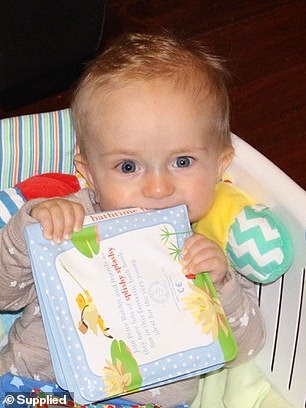
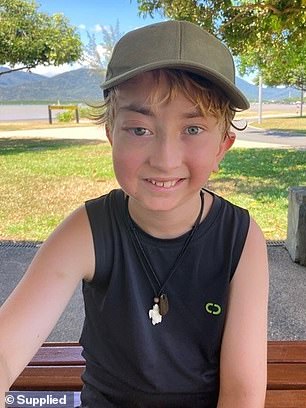
Lynda first noticed the sign of NF1 in Tom when he was six months old and his right pupil was larger than his left. Now his right eye has a lot of swelling and pressure
When Tom was just six months old, Lynda noticed that one of his pupils was much larger than his right one.
“His right pupil was not round and small like the other one, but much larger and asymmetrical. It looked like a blob or some obscure shape,” the mother said.
Although there were no signs that his vision was impaired, Lynda decided to err on the side of caution and took him to a doctor.
After tests and scans, she was eventually diagnosed with congenital glaucoma, a potentially blinding condition characterized by increased pressure on the eye.
Tom had no other symptoms of NF1, but in retrospect Lynda thought his eye was causing him a lot of pain.
‘He was screaming like I’ve never heard anyone scream in the middle of the night and I couldn’t comfort him. He woke up five, six, seven, eight times every night until he was four,” the mother said.
“There was never anything wrong. He would call out over and over every night and seem upset, but I never really knew what it was.”
NF1 can cause developmental problems, Lynda said, as he went from “butt shuffling” straight to walking, but she didn’t think much of it.
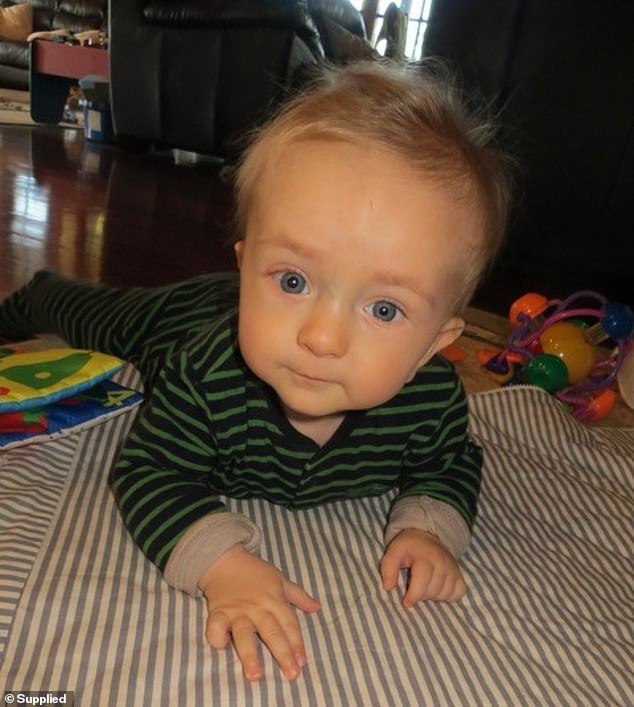
Looking back, Lynda said she thinks his eye hurt him: “He was screaming like I’d never heard anyone scream in the middle of the night and I couldn’t comfort him.”
A year after being diagnosed with glaucoma, Tom’s pediatrician noticed that he had cafe au lait spots on his body.
Café-au-lait spots are pigmented moles that are harmless in most cases, but are a common symptom of NF1.
“It looks like you spilled some coffee on yourself. Even though he has a lot of them, they’re very pale, some people have very dark ones,” Lynda said.
“He’s got one big one on his side, then there’s like 20 or more. They range from the size of an apple to the size of a match head.”
The doctor referred Tom for genetic testing, but based on his symptoms, the specialists did not suspect NF1.
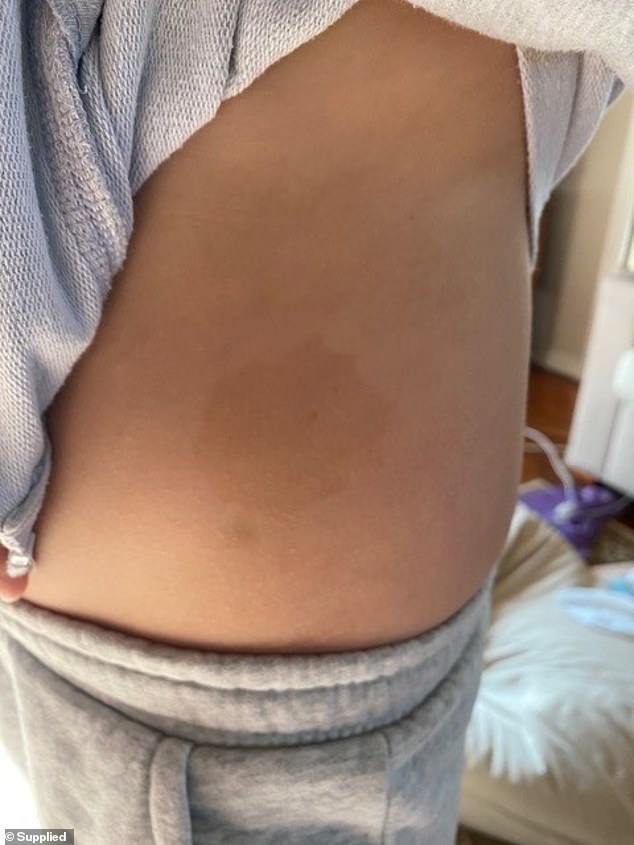
Tom’s pediatrician noticed that he had cafe au lait spots on his body. Cafe au lait spots are pigmented birthmarks that are harmless in most cases, but are a common sign of NF1.
Tom was finally tested just before he turned two and was diagnosed with NF1. This is a genetic condition that causes tumors, often benign, to grow along the nerves.
“I was shocked, I didn’t even know what it was. There was no awareness. I had never heard of it. It was very scary,” Lynda said.
As Tom grew older, his condition was closely monitored and his eye and the right side of his face continued to enlarge.
When he was six, he had to have emergency surgery to relieve the pressure on his eye. That provided some relief, but a few months later he was wheeled back to the operating room.
‘The second (operation) was a follow-up because the first was unsuccessful. They had to do another one and we now have regular six-monthly checks for the pressure going up and down,” Lynda explained.
“Luckily we haven’t needed a third one since.”
Tom also has sphenoid dysplasia, a condition that affects five to ten percent of NF1 patients. In this condition, the bone between the eye and the brain is missing.
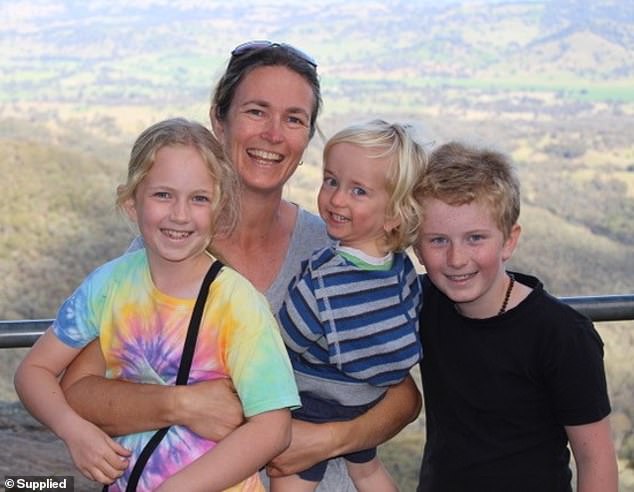
As Tom grew up, his condition was monitored and his eye became increasingly large (Tom is pictured center right with his sister Rosie, now 16, Lynda and brother Oliver, now 18).
“His right eye is pulsating from his brain, which is very dangerous. If he were to get hit in the eye by a ball, there’s nothing to protect his brain behind it,” Lynda said.
The mother said that, apart from his right eye, Tom has no other physical complaints due to the NF1, but that he does have difficulty with his coordination.
“He can see out of (his right eye), but it’s very blurry. The left eye compensates for everything, so coordination is difficult because it’s like closing one of your eyes and depth perception is different too,” Lynda said.
He’s had some delays, like he’s only just learned how to tie his shoelaces. There are also team sports where he can’t catch a ball because he can’t see well.’
However, Lynda said that Tom has not let his shortcomings affect his positive outlook on life and has no problem with other children asking him what is ‘wrong’ with his face on the playground.
‘He loves everyone, so he’s a very affectionate child. He is a bundle of joy and talks to everyone. He talks to the person at the register, he would just chat to anyone. He has no fear,” she said.
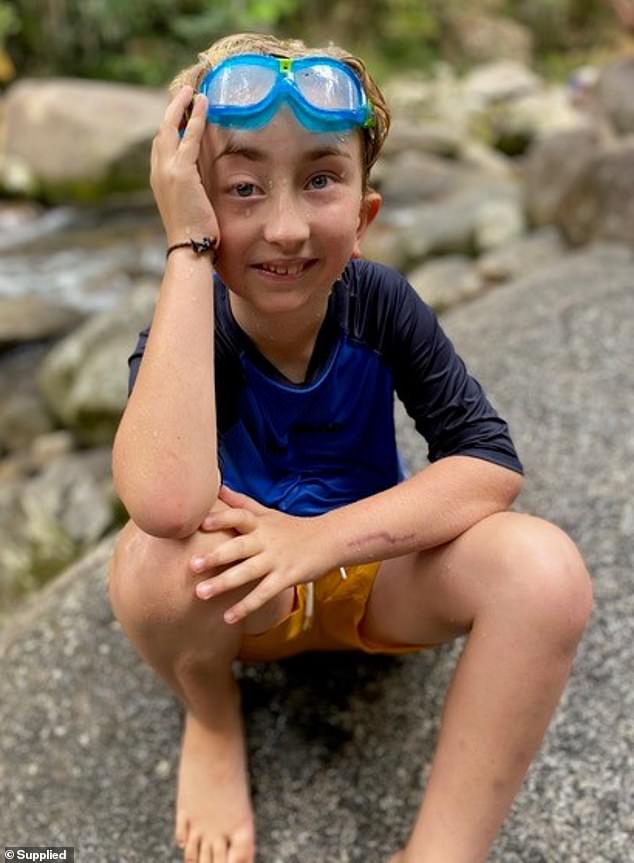
What worries Lynda most is the unpredictability of Tom’s condition, but she said he hasn’t let his shortcomings affect his positive outlook on life.
‘Kids come up to him and say, “What’s wrong with you?” and I see them staring at him. But he says, “I’m normal, I don’t see anything wrong with me.” He’s an amazingly resilient kid.’
What worries Lynda most is the unpredictability of Tom’s condition. She works with the team at Westmead Hospital in Sydney.
‘Every time we go to an appointment, there are sometimes six people in the room, from different parts of the hospital, wanting to study Tom’s case. It is very interesting to see what symptoms he shows,’ she says.
‘The simple answer with Tom is that no one can tell me what his future is. That was the challenging part, the unknown and the uncertainties.”
Lynda works with the Children’s Tumor Foundation to draw attention to NF1 and raise money for much-needed research.
Last month was World Neurofibromatosis Day, with more than 115 buildings across Australia lit up in blue and green to show solidarity with the 13,000 children and adults in Australia living with the condition.
